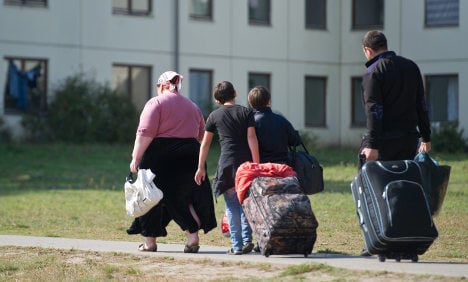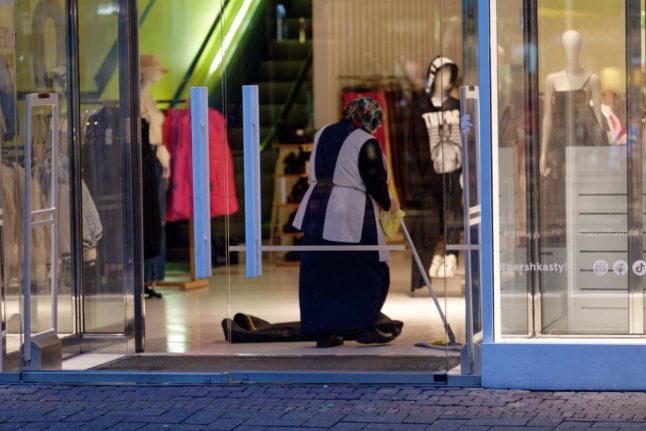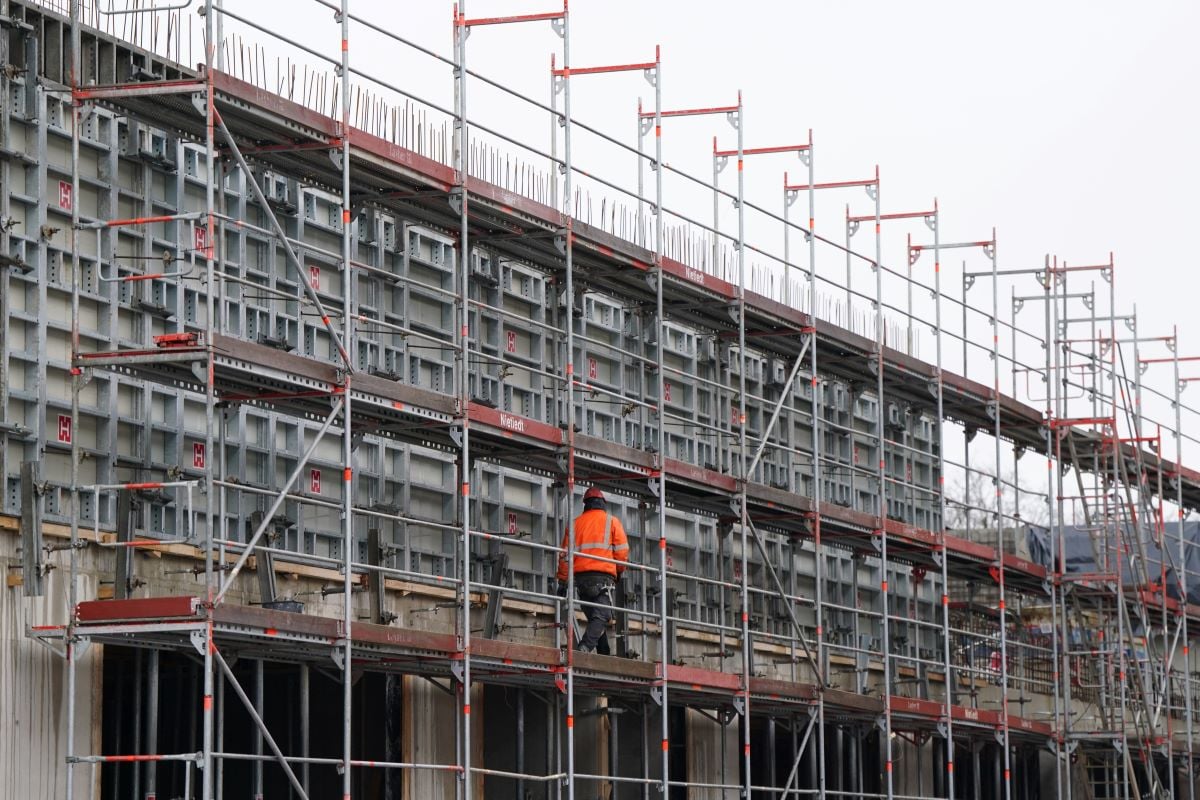Germany has a problem with immigration – it needs it, perhaps more than any other European country, but it does not really want it.
In July the government made it easier for people from outside the European Union to come to Germany to work – in particular sectors with labour shortages. But it was not a vote-winner – and was undertaken carefully and without great fanfare.
The Bertelsmann Foundation think-tank said its research suggested two-thirds of Germans think immigrants cause problems for schools and social services. And mayors from across Germany warned this week about the pressures that people from Romania and Bulgaria were putting on local services, with more due next year when European Union travel restrictions affecting those countries are lifted.
Attitudes towards immigrants among Germans will take decades to change, but once a stable government is formed, ministers will be in a strong position to pay less attention to what is wanted and more to what is needed.
The country’s birth rate of 1.4 per couple has been falling for decades and no matter how generous child benefit is, the government can do little to increase the number of children being born.
A birth rate of 2.1 is needed to keep a population stable, while a report from Germany's National Statistics Office warned: "A low birth rate causes the number of potential mothers to become smaller and smaller. Even today the cohorts of new-born girls are numerically smaller than those of their mothers."
Germany’s population is steady at the moment, but ageing fast, storing up huge problems for the younger generation.
Without more immigration experts believe that by 2050 the population could shrink by around 16 percent to about 69 million. Standing at nearly 82 million now, losing 13 million people will leave swathes of the country deserted and bring the continent’s biggest economy to its knees.
It would be the equivalent of completely emptying the country’s 14 biggest cities.
Immigrants keen, despite cold welcome
The sight of tourists taking photos of Berlin’s Brandenburg Gate over the heads of people from Africa and Asia who were on hunger strike this October in protest at the conditions they were kept in, highlighted the problems Germany faces.
One of those protesting then, Ghlam Vali, 37, told The Local: “We should be free to travel anywhere we want, live anywhere we want, have education and learn the language.
"When an educated society, a democratic country has this kind of behaviour, keeping refugees and non-citizens like prisoners, it is not understandable. Give us [refugees] a chance to play a positive role in society, that's what we want."
People arriving in German cities from outside the European Union have taken to living in squats and tents, while going on hunger strike to highlight what they say are inhumane housing conditions and work bans. That is no model for a successful integration policy.
Yet Germany remains a magnet for immigrants, despite struggling to integrate those born here to foreign parents, let alone new arrivals.
Government policy has traditionally excluded those who do not have German blood. Turkish people born in the country are unable to apply for dual citizenship to both Turkey and Germany.
It was only under Merkel’s predecessor Gerhard Schröder that a law from 1913 was changed to allow immigrants to apply for German nationality. Before, German citizenship was dependent on blood.
But Germany may be saved by the sheer desire of people to work and live here. In the first half of this year, before immigration laws were slightly eased, 555,000 people came to Germany, increasing immigration by 11 percent over the same period for 2012.
Reuters reported that the rise was fuelled by Italian and Spanish jobseekers looking for work following the collapse of their home job markets.
German laws are designed to encourage more skilled immigrants to come – and this would seem to be working. In May, a study for the Bertelsmann Foundation found nearly half of all immigrants arriving in Germany had a professional qualification in a trade – something only 26 percent of Germans have.
But if the strong vocational training of its youth is one of the ingredients of Germany's economic success, what happens when there is a smaller pool of young people to train?
Germany cannot restrict immigration to skilled workers from the EU – in order to maintain its population, it will have to open itself up to more immigrants from outside the European Union and help them learn what they will need to build lives here.
Needs must outweigh wants. For the sake of their own futures, Germans must realize immigrants are not a drag on society – they are its only hope of a prosperous future.




 Please whitelist us to continue reading.
Please whitelist us to continue reading.
Member comments